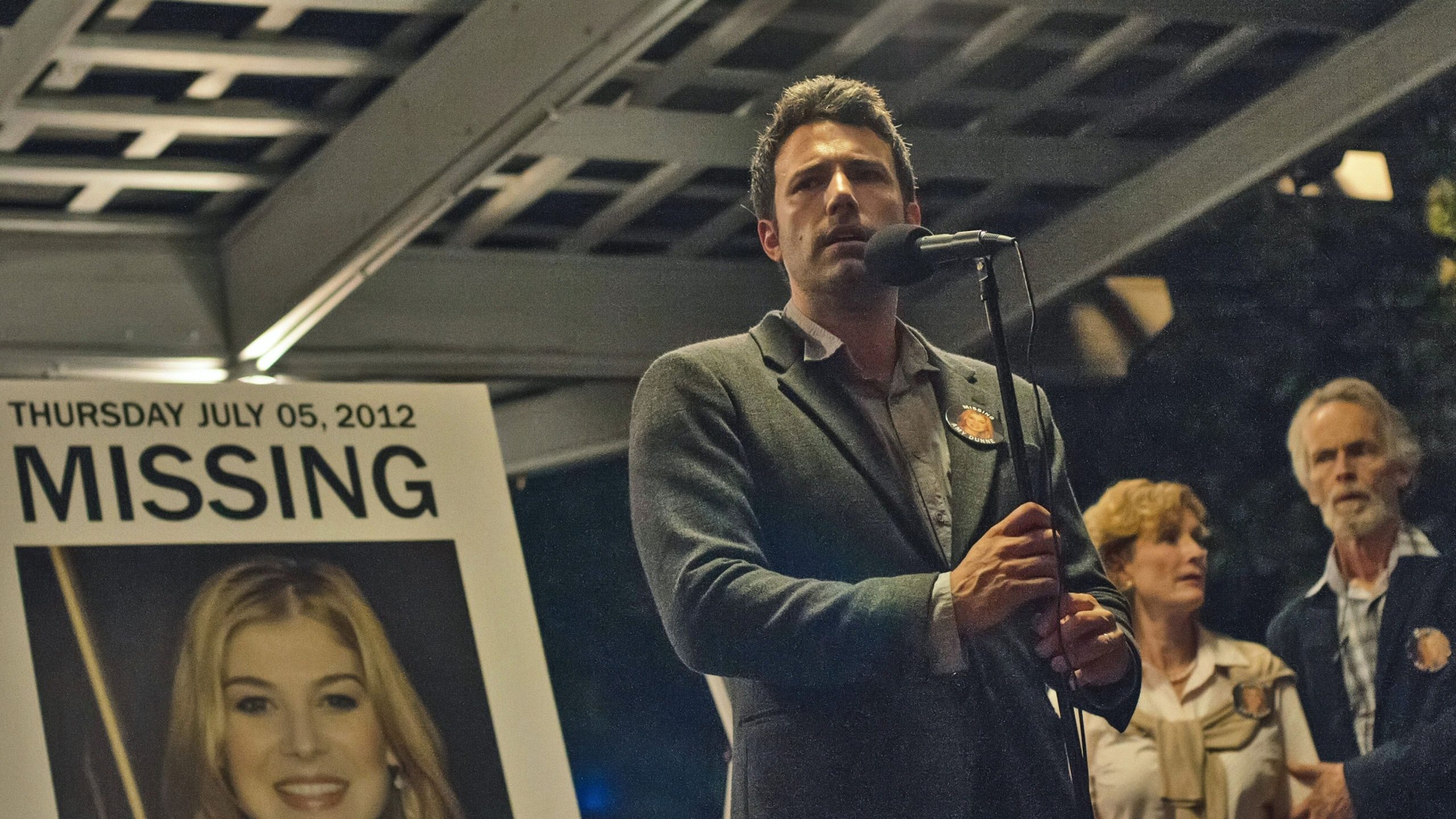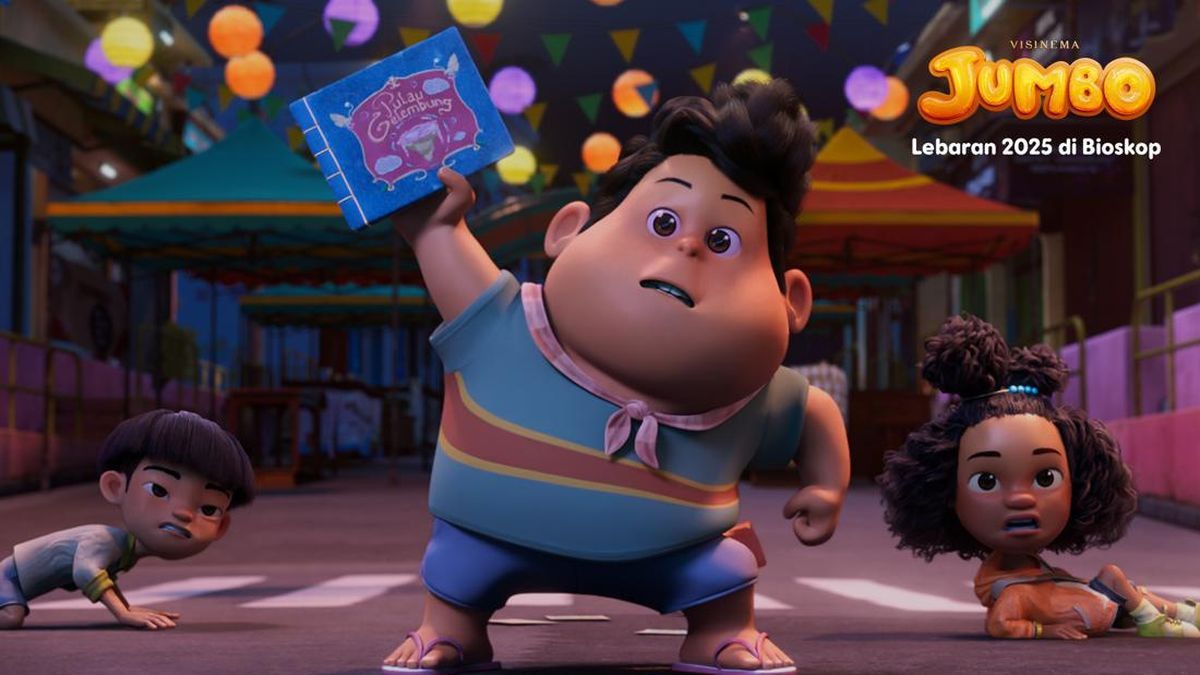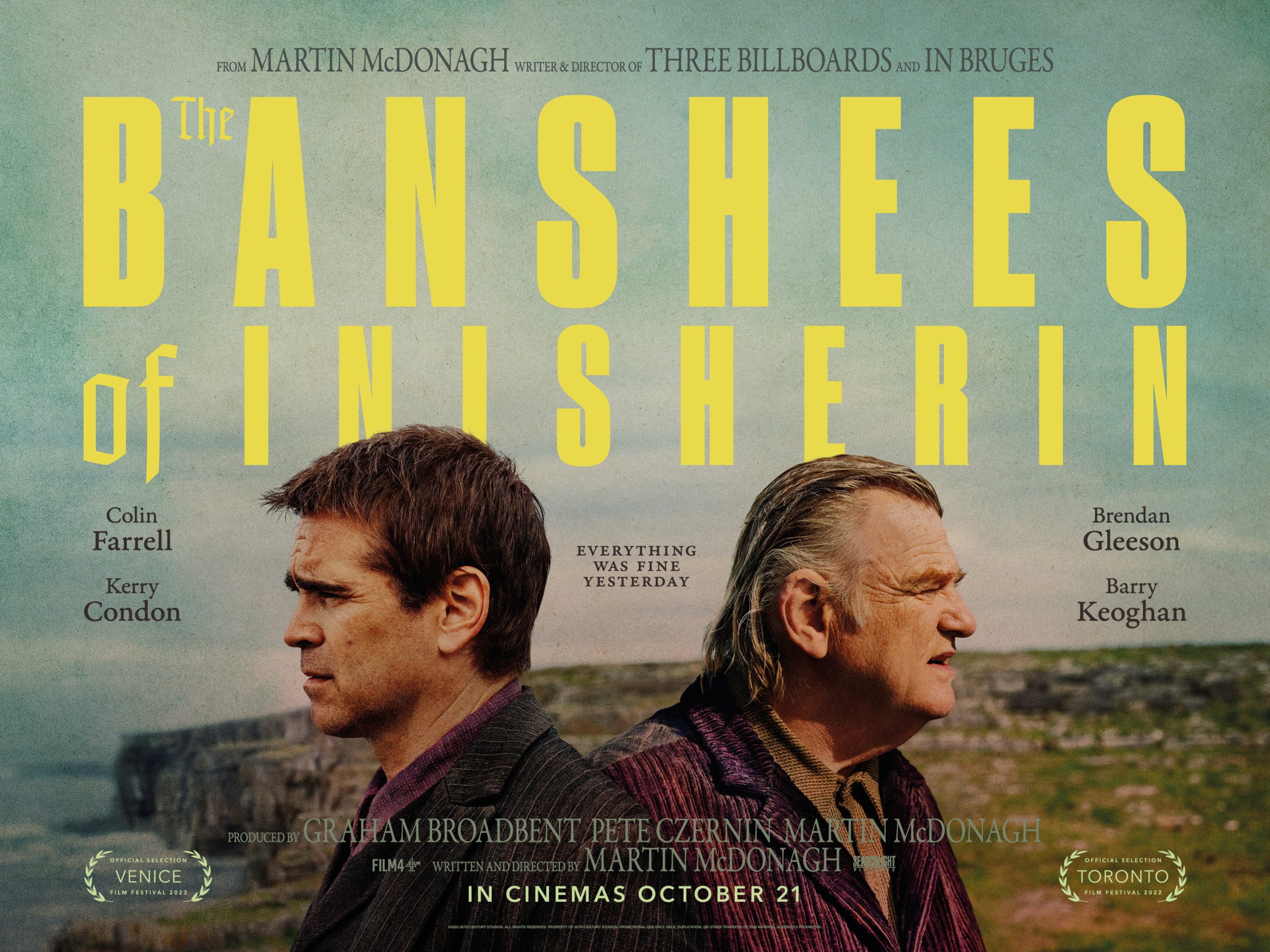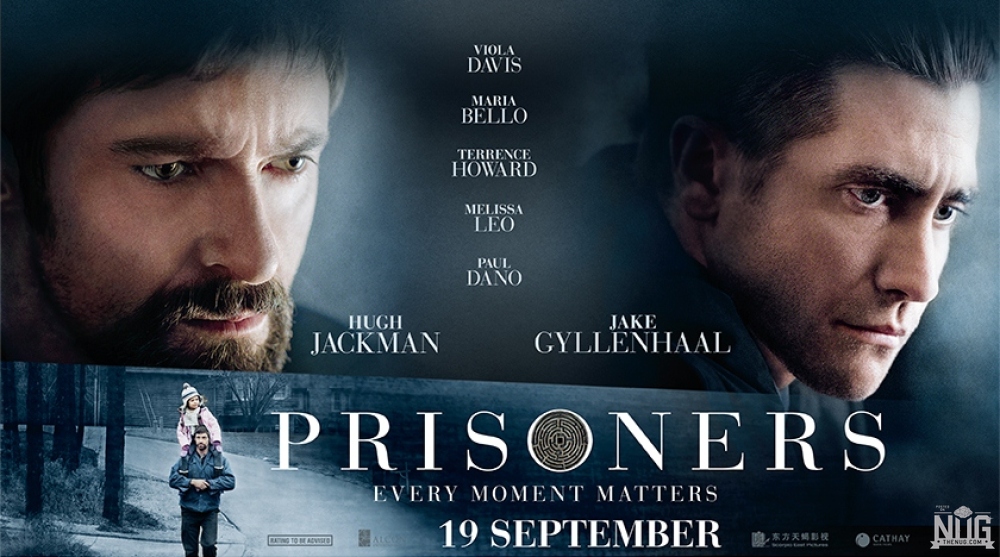David Fincher’s Gone Girl, adapted from Gillian Flynn’s best-selling novel, is a masterclass in narrative deception. What sets it apart in the thriller genre is its effective use of dual perspectives—Nick Dunne’s present-day viewpoint and Amy Dunne’s diary entries. This structure invites viewers to pick sides, question motives, and reevaluate the truth at every turn. Film critics and screenwriting analysts often highlight this technique as a brilliant method for manipulating audience perception without ever breaking narrative logic.
The diary entries, presented as Amy’s intimate thoughts, build emotional depth and sympathy—until the shocking midpoint twist completely reframes everything. From a screenwriting standpoint, this shift is not only bold but structurally sound, rooted in misdirection crafted through unreliable narration. Experts in storytelling note that dual narratives, when done well, force the audience to become detectives themselves, piecing together fact from fiction in real time.
More than a crime thriller, Gone Girl is a chilling exploration of identity, media manipulation, and the illusions people maintain in relationships. The alternating perspectives don’t just enhance the suspense—they reveal how two people can experience the same events entirely differently. Fincher’s direction, combined with Flynn’s screenplay, turns this duality into a psychological maze, making Gone Girl one of the most intricately plotted mysteries of the decade.





